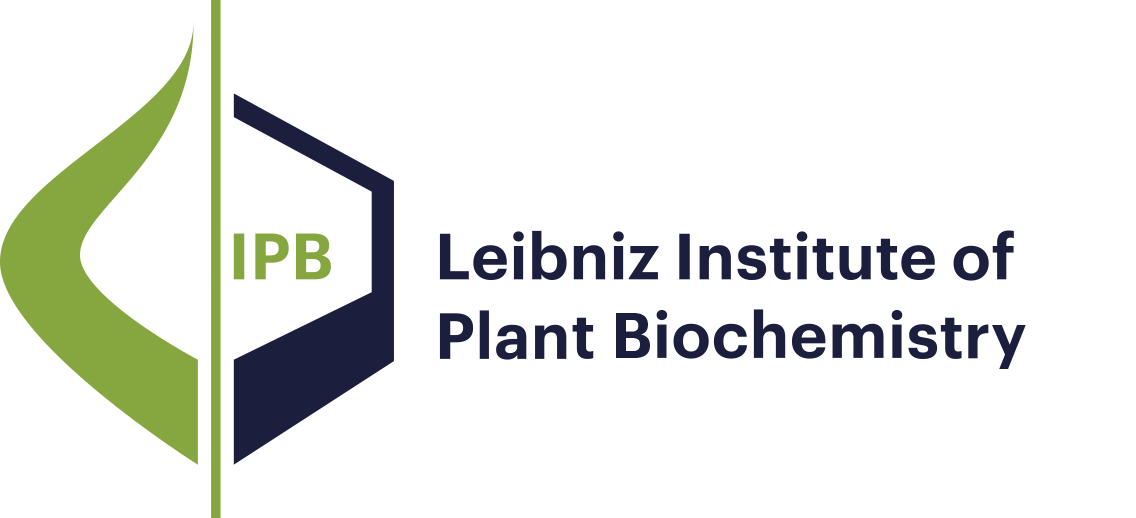- Results as:
- Print view
- Endnote (RIS)
- BibTeX
- Table: CSV | HTML
Publications
Publications
Research Mission and Profile
Molecular Signal Processing
Bioorganic Chemistry
Biochemistry of Plant Interactions
Cell and Metabolic Biology
Independent Junior Research Groups
Program Center MetaCom
Publications
Good Scientific Practice
Research Funding
Networks and Collaborative Projects
Symposia and Colloquia
Alumni Research Groups
Publications
The development of potent adjuvants is an important step for improving the performance of subunit vaccines. CD1d agonists, such as the prototypical α‐galactosyl ceramide (α‐GalCer), are of special interest due to their ability to activate iNKT cells and trigger rapid dendritic cell maturation and B‐cell activation. Herein, we introduce a novel derivatization hotspot at the α‐GalCer skeleton, namely the N‐substituent at the amide bond. The multicomponent diversification of this previously unexplored glycolipid chemotype space permitted the introduction of a variety of extra functionalities that can either potentiate the adjuvant properties or serve as handles for further conjugation to antigens toward the development of self‐adjuvanting vaccines. This strategy led to the discovery of compounds eliciting enhanced antigen‐specific T cell stimulation and a higher antibody response when delivered by either the parenteral or the mucosal route, as compared to a known potent CD1d agonist. Notably, various functionalized α‐GalCer analogues showed a more potent adjuvant effect after intranasal immunization than a PEGylated α‐GalCer analogue previously optimized for this purpose. Ultimately, this work could open multiple avenues of opportunity for the use of mucosal vaccines against microbial infections.
Publications
Herein, this work reports an efficient acephate adsorption using chitosan (CS) incorporating varying amounts of magnetite. A co-precipitation methodology was employed for the functionalization of chitosan with iron nanoparticles, using Fe2+ as the sole iron source and with a low energy requirement. The adsorbents were characterized by FTIR, XRD, VSM, and nitrogen porosimetry techniques. The CS•Fe3O4 1:1 NPs showed the highest acephate removal percentage (74.96 %) at pH 9 and ambient temperatures. The adsorption process exhibited high dependencies on pH, adsorbent dosage, initial concentration of adsorbate, and ionic strength. Sips and pseudo-second-order kinetics models best adjusted the experimental data, suggesting that the process occurs on a heterogeneous surface. Thermodynamic evaluation showed that the adsorption was exothermic, favorable, and predominately through chemical interactions. Finally, the CS•Fe3O4 showed no significant decrease after several cycles of adsorption/desorption, avoiding centrifugation-filtration steps.

